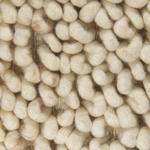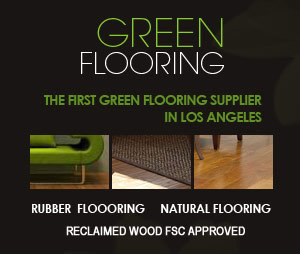Brentwood Showroom
902 S. Barrington Ave.
Los Angeles, CA 90049
310-826-8063
902 S. Barrington Ave.
Los Angeles, CA 90049
310-826-8063
West LA Showroom
1888 S. Sepulveda Blvd.
Los Angeles, CA 90025
310-837-8110
1888 S. Sepulveda Blvd.
Los Angeles, CA 90025
310-837-8110
Green Materials
ABACA
Part of the banana family, abaca fiber is considered the strongest natural green flooring. The dramatic range of natural colors – from the glossy, white inner fibers to the dark, coarse outer fibers – and variation in texture, make abaca uncommonly beautiful as a woven green flooring product. There are no dyes used in abaca green flooring, and no backing material. Abaca rugs are 100% eco-friendly and natural.
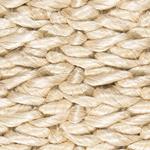
COIR
Coir green flooring fiber is harvested from the husks of coconuts. Coir is a rough, durable green flooring fiber that naturally resists abrasion and moisture. This resiliency and natural beauty make coir an ideal green floor product, and an especially attractive and easily maintained work of art.

CORK
Cork is a healthy green flooring choice. When properly maintained, it will last for generations. Comprised of green, renewable natural material, cork flooring is eco-friendly. It promotes improved health and comfort for a green indoor environment. In Cork flooring creates a warm, comfortable, resilient surface that is gentle underfoot, is anti-microbial, fire-resistant, and is inherently resistant to molds, mildews, and common pests such as termites.
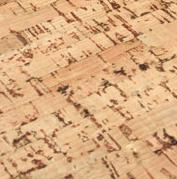
HEMP
As a bast green flooring fiber similar to flax, jute and ramie, hemp flourishes in different climates and soils and is grown in temperate areas around the world. Hemp grows between 2-4 meters high, making its fibers among the world’s longest soft green flooring fibers. Hemp is a strong and durable green flooring fiber that is made into fabrics, textiles, paper, plastics, fuels, detergents, cosmetics and foods. Because hemp doesn’t attract pests, hemp flooring does not need pesticides, making it a very eco-friendly green flooring product.

JUTE
Jute is a softer green flooring fiber. It is a flexible fiber that is well-suited to use as a floor covering material. Jute products are woven in India, and resist wear and tear with the abrasion-resistant properties of a green flooring fiber. Jute is considered an Eco-friendly material, 100% biodegradable, and recyclable. Most jute yarns are not dyed.
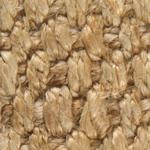
PAPER
As an innovative use of a familiar material, paper green flooring begins with wood sourced from managed forests in the U.S. The paper yarn is created by twisting strips of paper on a twister that produces firm and strong paper cord. Then, a wax emulsion is applied to the paper to help it spin smoothly, also adding to the yarn’s water resistance. The design results in an uncommonly strong, durable green flooring that is smooth and soft underfoot.

SEAGRASS
Seagrass can be found around the world and is known for retaining its fresh, grassy scent long after it has left the field. The green flooring fiber is rarely dyed, partly because its natural colors are varied and attractive, but also because it repels moisture. When seagrass is woven, the result is a highly spill-resistant, durable, resilient floor covering that is comfortable underfoot and retains the fresh look of the outdoors. Seagrass products add a touch of elegance and unusual texture to any room.

SISAL
Sisal flooring is obtained from the agave plant. Contempo carries the world’s best sisal, the longest, finest, and whitest fiber, from the agave plantations of East Africa. Sisal creates strong and lustrous yarns. Sisal flooring is sound-absorbing, anti-static, and extremely durable due to the inherent qualities of this tough, hard wearing green fiber. Sisal is a sustainable and renewable type of green flooring, and is an environmentally friendly alternative to synthetic substitutes. No pesticides or chemical fertilizers are used in sisal production, and most weeding is done by hand rather than through the use of herbicides.
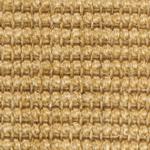
WOOL
Wool is a renewable green flooring. Its biodegradable and insulating properties help retain heat and increase cooling effectiveness. Wool yarns are made from a blend of different New Zealand wools in order to incorporate all the characteristics of the best carpet yarns. Crimpy wools add resilience and bounce to the carpet, while the longer, coarser wools contribute character, luster and abrasion resistance. Among green flooring fibers, wool stands out as the classic carpet material, being tough yet flexible and resilient, soft underfoot, and easy to dye. The wool industry prides itself on its environmentally responsible production methods.
